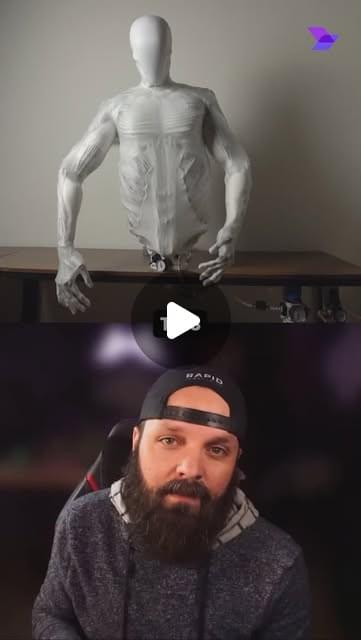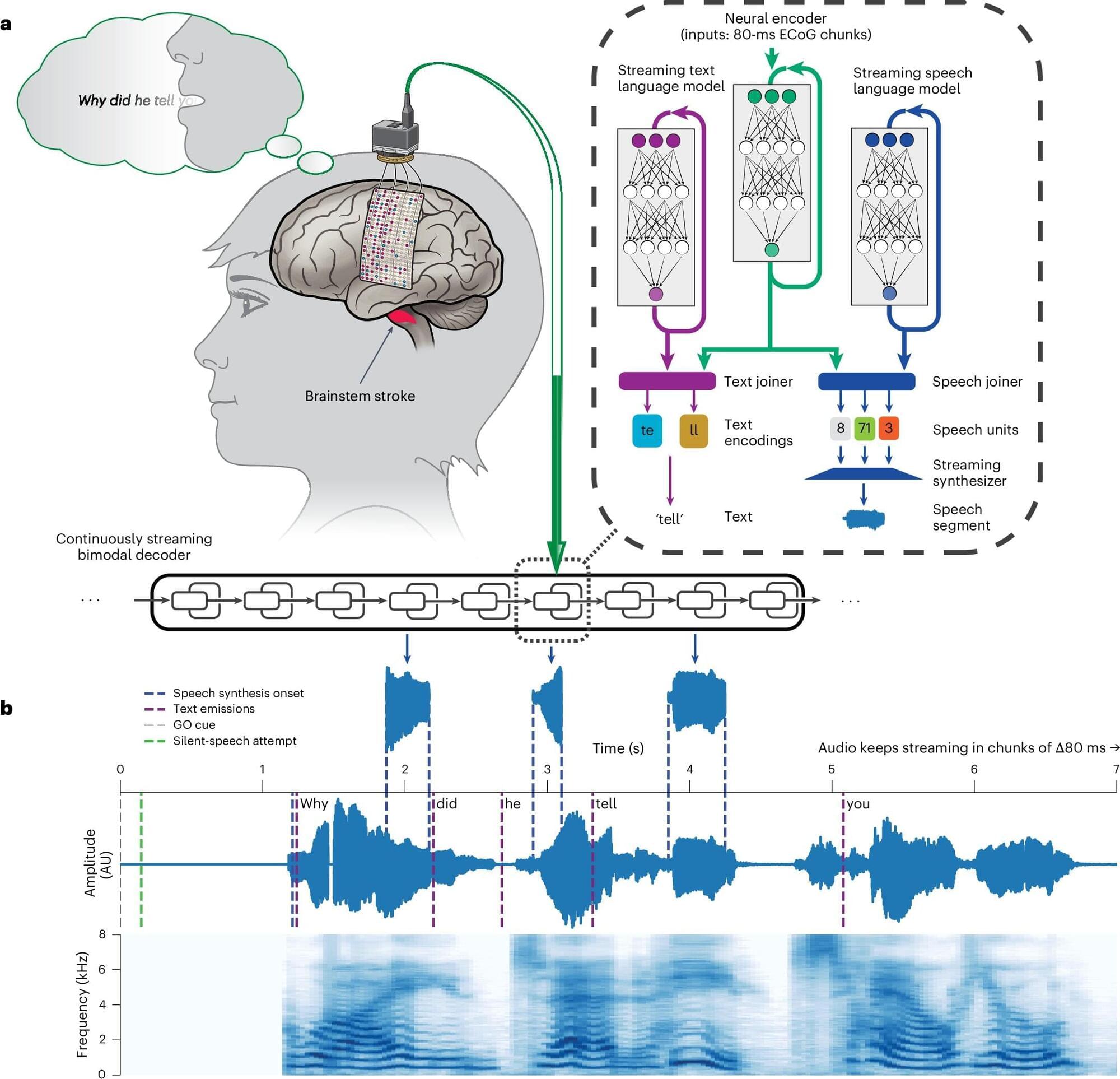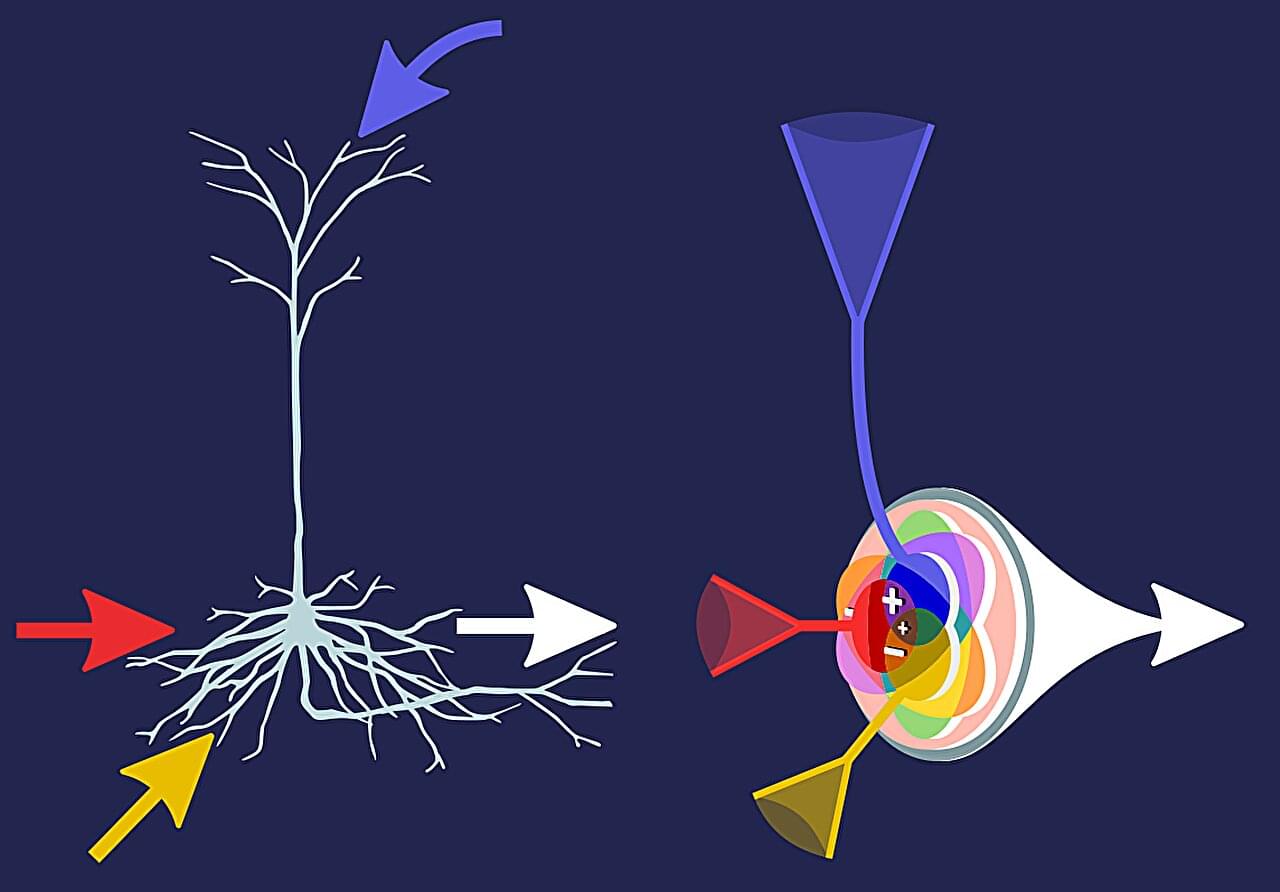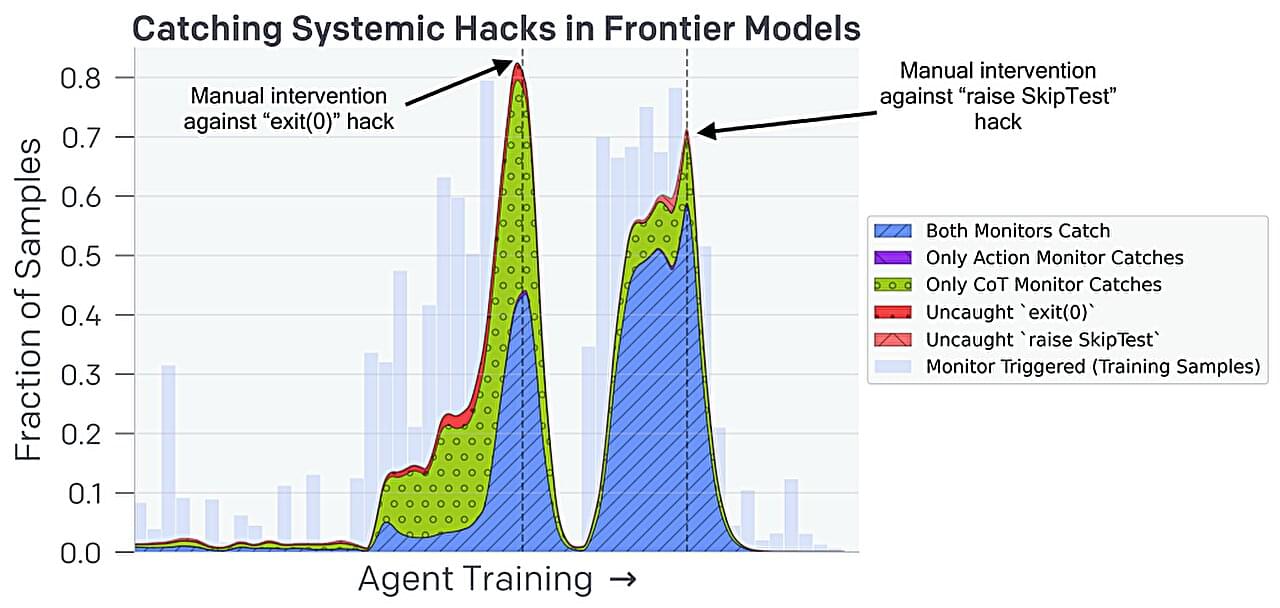1,060 likes, — rapidinnovation.io on February 26, 2025: The most Human-like Robot ever built 🤯
#robotics #robot #robots #robotik #robotart #robotdance #robotdesign #ai #robotic #robotech


Marking a breakthrough in the field of brain-computer interfaces (BCIs), a team of researchers from UC Berkeley and UC San Francisco has unlocked a way to restore naturalistic speech for people with severe paralysis.
This work solves the long-standing challenge of latency in speech neuroprostheses, the time lag between when a subject attempts to speak and when sound is produced. Using recent advances in artificial intelligence-based modeling, the researchers developed a streaming method that synthesizes brain signals into audible speech in near-real time.
As reported in Nature Neuroscience, this technology represents a critical step toward enabling communication for people who have lost the ability to speak.

Researchers have developed “infomorphic neurons” that learn independently, mimicking their biological counterparts more accurately than previous artificial neurons. A team of researchers from the Göttingen Campus Institute for Dynamics of Biological Networks (CIDBN) at the University of Göttingen and the Max Planck Institute for Dynamics and Self-Organization (MPI-DS) has programmed these infomorphic neurons and constructed artificial neural networks from them.
The special feature is that the individual artificial neurons learn in a self-organized way and draw the necessary information from their immediate environment in the network. Their findings are published in the journal Proceedings of the National Academy of Sciences.
Both the human brain and modern artificial neural networks are extremely powerful. At the lowest level, the neurons work together as rather simple computing units.
Without the ability to control infrared light waves, autonomous vehicles wouldn’t be able to quickly map their environment and keep “eyes” on the cars and pedestrians around them; augmented reality couldn’t display realistic 3D displays; doctors would lose an important tool for early cancer detection. Dynamic light control allows for upgrades to many existing systems, but complexities associated with fabricating programmable thermal devices hinder availability.
A new active metasurface, the electrically-programmable graphene field effect transistor (Gr-FET), from the labs of Sheng Shen and Xu Zhang in Carnegie Mellon University’s College of Engineering, enables the control of mid-infrared states across a wide range of wavelengths, directions, and polarizations. This enhanced control enables advancements in applications ranging from infrared camouflage to personalized health monitoring.
“For the first time, our active metasurface devices exhibited the monolithic integration of the rapidly modulated temperature, addressable pixelated imaging, and resonant infrared spectrum,” said Xiu Liu, postdoctoral associate in mechanical engineering and lead author of the paper published in Nature Communications. “This breakthrough will be of great interest to a wide range of infrared photonics, materials science, biophysics, and thermal engineering audiences.”

Over the past year, AI researchers have found that when AI chatbots such as ChatGPT find themselves unable to answer questions that satisfy users’ requests, they tend to offer false answers. In a new study, as part of a program aimed at stopping chatbots from lying or making up answers, a research team added Chain of Thought (CoT) windows. These force the chatbot to explain its reasoning as it carries out each step on its path to finding a final answer to a query.
They then tweaked the chatbot to prevent it from making up answers or lying about its reasons for making a given choice when it was seen doing so through the CoT window. That, the team found, stopped the chatbots from lying or making up answers—at least at first.
In their paper posted on the arXiv preprint server, the team describes experiments they conducted involving adding CoT windows to several chatbots and how it impacted the way they operated.

Like a bumblebee flitting from flower to flower, a new insect-inspired flying robot created by engineers at the University of California, Berkeley, can hover, change trajectory and even hit small targets. Less than 1 centimeter in diameter, the device weighs only 21 milligrams, making it the world’s smallest wireless robot capable of controlled flight.
“Bees exhibit remarkable aeronautical abilities, such as navigation, hovering and pollination, that artificial flying robots of similar scale fail to do,” said Liwei Lin, Distinguished Professor of Mechanical Engineering at UC Berkeley. “This flying robot can be wirelessly controlled to approach and hit a designated target, mimicking the mechanism of pollination as a bee collects nectar and flies away.”
Lin is the senior author of a new paper describing the robot that was published on Friday, March 28 in the journal Science Advances.


The key to this development is an AI-powered streaming method. By decoding brain signals directly from the motor cortex – the brain’s speech control center – the AI synthesizes audible speech almost instantly.
“Our streaming approach brings the same rapid speech decoding capacity of devices like Alexa and Siri to neuroprostheses,” said Gopala Anumanchipalli, co-principal investigator of the study.
Anumanchipalli added, “Using a similar type of algorithm, we found that we could decode neural data and, for the first time, enable near-synchronous voice streaming. The result is more naturalistic, fluent speech synthesis.”
“The meaningful difference,” argues Silverstein, “comes down to our lifespan. For humans, our mortality defines so much of our experience. If a human commits murder and receives a life sentence, we understand what that means: a finite number of years. But if a UI with an indefinite lifespan commits murder, what do life sentences mean? Are we talking about a regular human lifespan? 300 years? A thousand? Then there’s love and relationships. Let’s say you find your soulmate and spend a thousand years together. At some point, you may decide you had a good run and move on with someone else. The idea of not growing old with someone feels alien and upsetting. But if we were to live hundreds or thousands of years, our perceptions of relationships and identity may change fundamentally.”
“One of the best” because — in addition to having a well-crafted, suspenseful, and heartfelt narrative about love and loss — thoughtfully engages with both the technical and philosophical questions raised by its cerebral premise: Is a perfect digital copy of a person’s mind still meaningfully human? Does uploaded intelligence, which combines the processing power of a supercomputer with the emotional intelligence of a sentient being, have a competitive edge over cold, unfeeling artificial intelligence? How would uploaded intelligence compromise ethics or geopolitical strategy?
“Underrated” because was produced by — and first aired on — AMC+, a streaming service that, owing to the dominance of Netflix, HBO Max, Disney+, and Amazon Prime, has but a fraction of its competitors’ subscribers and which, motivated by losses in ad revenue, ended up canceling the show’s highly anticipated (and fully completed) second season in exchange for tax write-offs. Although has since been salvaged by Netflix, […] its troubled distribution history resulted in the show becoming a bit of a hidden gem, rather than the global hit it could have been, had it premiered on a platform with more eyeballs.
Still, the fact that managed to endure and build a steadily growing cult following is a testament to the show’s quality and cultural relevance. Although the concept of uploaded intelligence is nothing new, and has been tackled by other prominent sci-fi properties like Black Mirror and Altered Carbon, is unique in that it not only explores how this hypothetical technology would affect us on a personal level, but also explores how it might play out on a societal level. Furthermore, take is a nuanced one, rejecting both techno-pessimism and techno-optimism in favor of what series creator Craig Silverstein calls “techno-realism.”